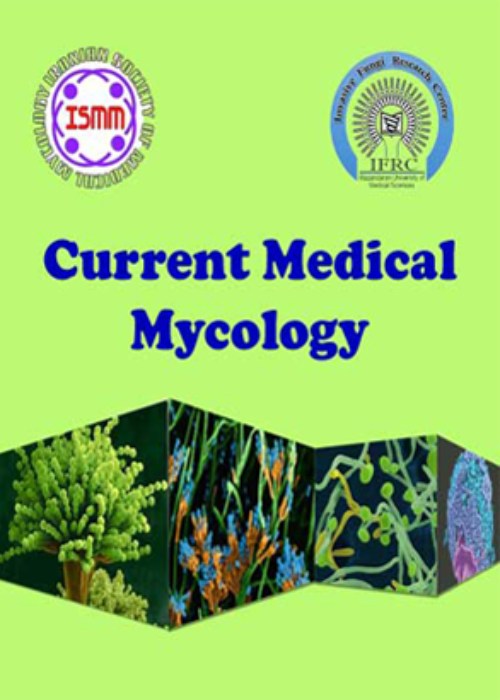Molecular identification and antifungal susceptibility testing of Candida species isolated from oral lesions in patients with head and neck cancer undergoing radiotherapy
Radiation therapy in patients with head and neck malignancies predisposes them to oral Candida colonization and infection due to damage of oral mucosa and destruction of the salivary gland. This study aimed to determine the prevalence of oropharyngeal candidiasis (OPC) in patients with head and neck cancer (HNC) undergoing radiotherapy (RT), identify the yeasts isolated from them, and determine their antifungal susceptibility.
This cross-sectional study was conducted from December 2018 to June 2019 at two referral radiotherapy centers in northern Iran. Yeast strains that were isolated from patients with HNC were identified using conventional and molecular methods. The in vitro activities of eight common antifungal drugs against 55 isolates were investigated according to the guidelines of the Clinical and Laboratory Standard Institute (M27-A3 and M27-S4) broth microdilution document.
Among 59 patients receiving RT, the prevalence of OPC was 21 (35.59%) and 15 (25.42%) patients were diagnosed with colonization. The mean age of the patients was 55.32±13.3 years (within the range of 27-87 years). In this study, the pseudomembranous form was reported as the most clinical type of OPC. Candida albicans with the frequency of 60% was the most common type of Candida spp. that was observed in this study, although non-albicans Candida spp., such as C. glabrata (27.27%), C. tropicalis (5.45%), C. parapsilosis (3.63%), C. krusei (1.83%), and C. kefyr (1.83%) were also isolated. Considering the low minimum inhibitory concentration range of amphotericin B, compared to fluconazole, administration of this agent is a more suitable antifungal drug for extensive oral candidiasis in these patients. Among azoles,clotrimazole had low efficacy and several studied isolates (65.5%) showed resistance.
Correct diagnosis as well as determining drug sensitivity and risk factors are the effective steps in reducing the complications related to oral candidiasis in people undergoing RT.
- حق عضویت دریافتی صرف حمایت از نشریات عضو و نگهداری، تکمیل و توسعه مگیران میشود.
- پرداخت حق اشتراک و دانلود مقالات اجازه بازنشر آن در سایر رسانههای چاپی و دیجیتال را به کاربر نمیدهد.



